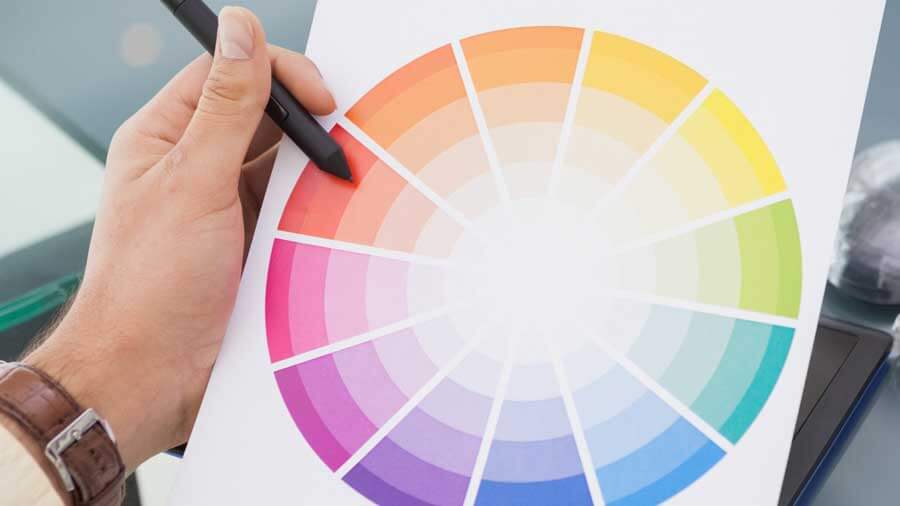Did you know that color can affect our emotions and how we perceive things? It’s true! In fact, color is one of the most powerful tools we have to create a reaction in someone. Marketers have known this for years, and now there is a lot of research to back it up. In this blog post, we will discuss the power of color and how it affects our customers. Stay tuned – it’s going to be an interesting ride!
Color is an instant communicator with which we connect instantly and subliminally. Whether our emotional and psychological responses to color are shaped by socialization or completely inborn, they are very real and very powerful. It is almost as if the human mind is hardwired to respond to color.
Color Meanings
Take a shortcut to understand what the different colors can mean by checking out Color-Meanings.com
Marketing researchers have noticed the powerful connection between color and consumer/client reactions. Reams of academic research using carefully controlled experiments back the conclusion that color makes a difference in how people perceive a product or logo. Work outside the “ivory tower” confirms the validity of that research. Companies have discovered that adding a color to a product or its logo or changing a color palette outright can have a massive impact on sales.
The reaction of the human mind to color happens in an instant. It happens faster than one can read. In fact, the mind makes connections and forms opinions based upon color before the conscious mind even determines what one is really looking.
The logo is a constantly repeated and consistently displayed symbol of your business. It appears on letterhead, websites, business cards, products, and more. It is your “brand” and is inseparable from your overall business plan.
When one considers the importance of color psychology and the unrivaled position of the logo, it is clear that an understanding of how the subconscious interprets color should be at the heart of logo design. Overlooking the role of color in one’s logo risks significant underperformance.
Harnessing the power of color psychology in logo design is not a simple proposition. One can look up a simple chart listing common colors and a brief assessment of what they tend to represent for others. That, however, only scratches the surface of what is necessary for a logo design that makes optimal use of color psychology research.
Color Psychology
An effective logo designer will go beyond simple statements such as “brown means credibility and stability” or “red shows heat or passion.” He or she will temper those simplifications with an understanding of distinct cultural perspectives on certain colors. He or she will also consider the negative emotions linked with specific colors. A talented logo design specialist will understand how people react to certain color combinations and will be aware of how to merge the messages of color psychology with a keen sense of aesthetics to create a truly memorable and appealing color palette.
Today, many of us are enamored with the “do it yourself” ideal. We believe that, with a bit of research and effort, we can create things for ourselves just as effectively as can someone else. That may be true in some cases, but logo design is a perfect example of where an expert is necessary.
Logo experts understand design. They recognize the power of various forms and can devise logos that will communicate the nature of a company at a glance. They have specialized skills and knowledge that allows them to produce winning logos with which amateur creations cannot compete.
The effective use of color psychology is a perfect example of how the specialized talents and knowledge of a professional designer can make a great deal of difference. A good design specialist will know how to choose colors to effectively communicate a client’s message without risking interpretive errors and other pitfalls often experienced by “do it yourselfers.”


